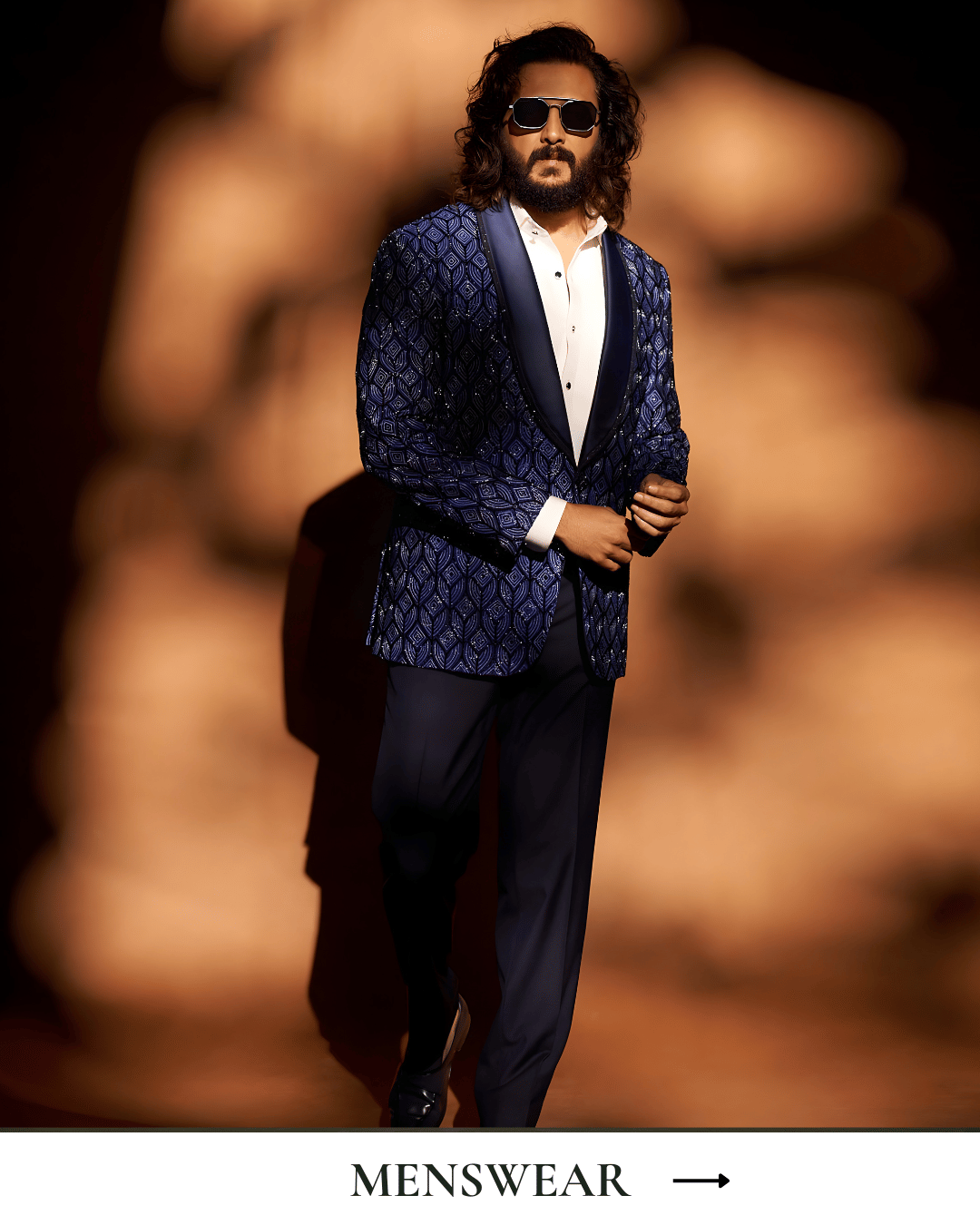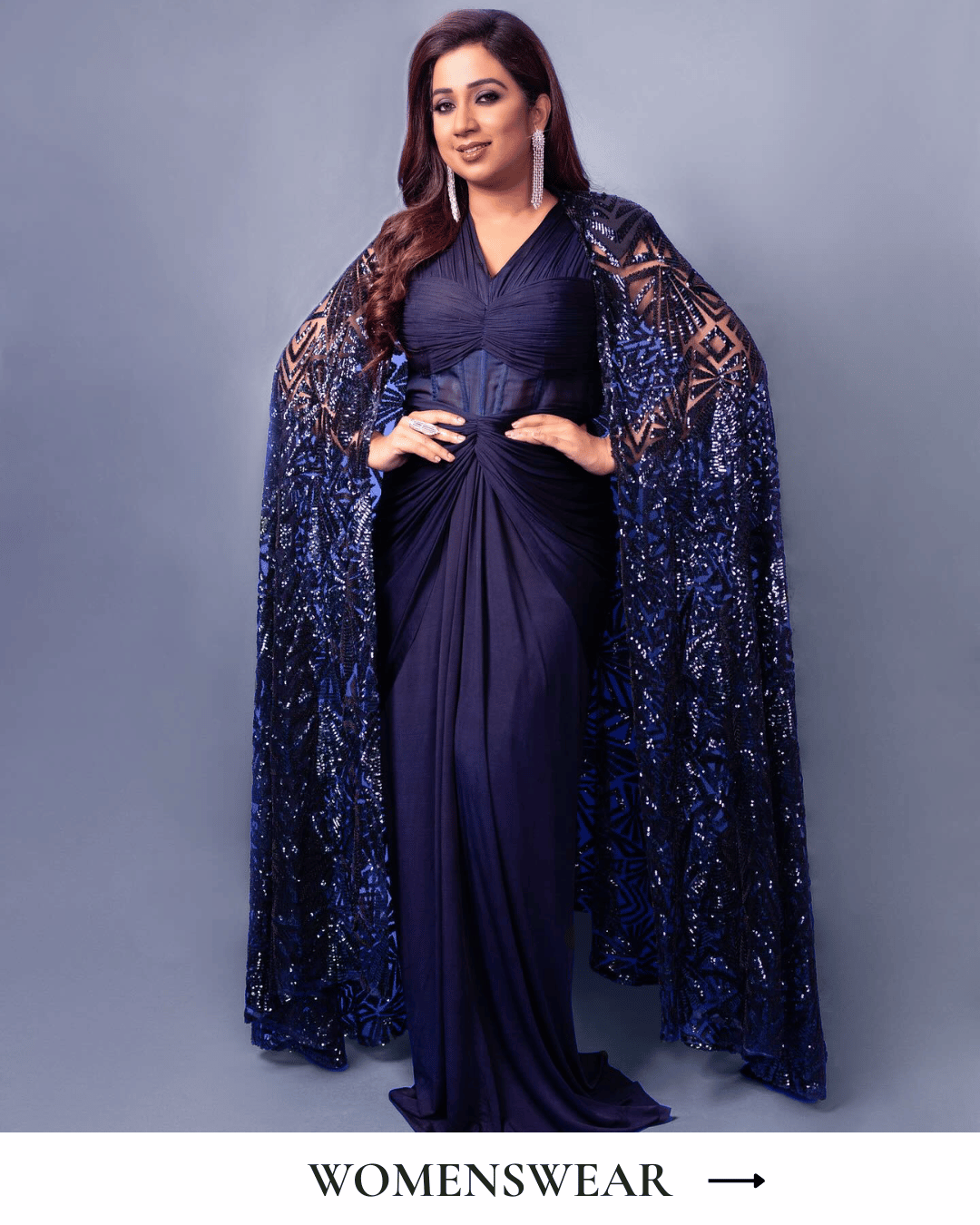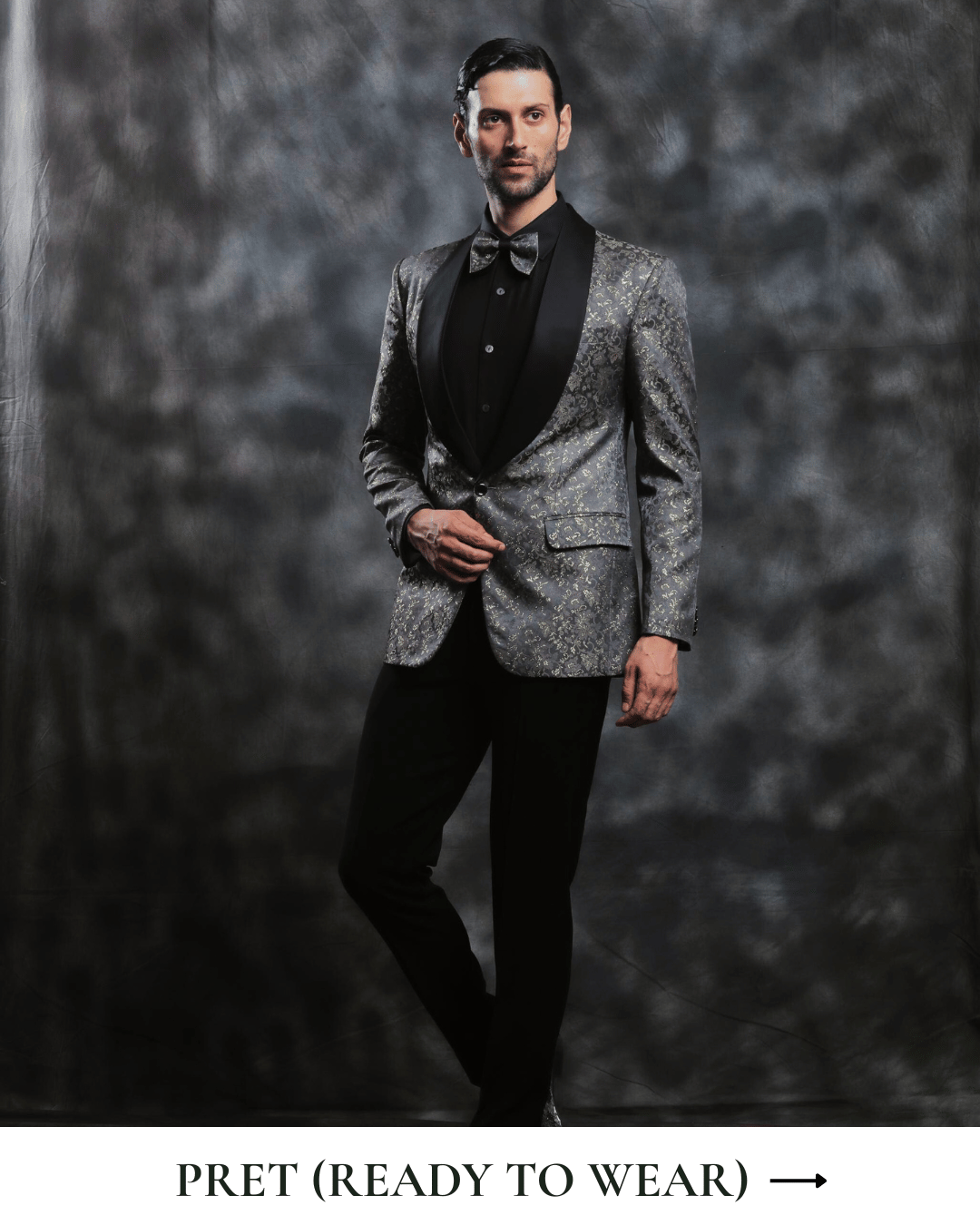How to style luxury Indian outfits for weddings - Handcrafted techniques from Achin Bindlish
Introduction
This guide shows how to style luxury Indian outfits for weddings using embroidery, weaving, and handwork. You will learn embroidered lehenga styling tips, how to drape handwoven sarees for weddings, color coordination for wedding couture, tailoring adjustments for perfect luxury fit, and care tips for embroidered and handwoven garments.
At Achin Bindlish we blend traditional craft with modern cuts. These pages focus on practical styling and care. Follow them for confident, comfortable wedding looks.
Why choose handcrafted couture for weddings
Handcrafted couture brings depth and soul to wedding clothing. Fine embroidery, tasteful weaving, and handwork add texture and light. These details read richer in photos and in movement.
Machine work can look flat up close. True handwork shows slight irregularities. Those small variations tell a story and signal value.
Matching occasion with craft
Pick heavy embroidery for formal evening receptions. It reads well under artificial light and in photos. Choose subtle handwoven textures for daytime ceremonies. They feel light and breathe on warm days.
For destination weddings, prefer blends that travel well. Handwoven silk blends resist creasing more than ultra-heavy embroidered pieces. Match the craft to the event time and setting.
Know the techniques: embroidery, weaving, and handwork (what to look for)
Embroidery essentials
Achin Bindlish uses a mix of classic stitches. Look for satin, chain, and stem stitches. Zardozi and aari embroidery appear in signature pieces. Motifs range from florals to geometric patterns.
Density matters. Dense embroidery demands minimal jewelry. Sparse embroidery allows bolder accessories. Balance stitch work with silhouette to avoid visual overload.
Handwoven fabrics and texture
Handwoven silks and cotton blends drape uniquely. Silk tafetta and tussar give sheen and fall. Cotton-silk mixes breathe while keeping a refined form.
Weave patterns change movement and formality. Tight weaves hold shape. Loose weaves create soft, flowing silhouettes. Choose weave according to ceremony style.
Other handwork details (beads, gota, zardozi, applique)
Beads, gota, zardozi, and applique add focal points. They shift how you style and care the garment. Heavy beadwork needs reinforced seams and careful cleaning.
Small details can dictate footwear and bag choices. Pick accessories that echo the craft rather than fight it.
How to style specific bridal and wedding looks
Embroidered lehenga styling tips
For embroidered lehengas, balance the blouse cut with the work. High-neck blouses suit heavy embroidery. Deep necklines work with lighter skirts.
Sleeve length matters. Short sleeves keep looks breezy. Full sleeves read grand and formal. Match sleeve style to the embroidery spread.
Jewelry choices change with embroidery weight. For heavy work, pick small, elegant pieces. For light embroidery, layered necklaces and bold chokers work well.
Footwear should support the lehenga’s weight. Wedges and covered heels stabilize heavy skirts. Embellished juttis pair with lighter embroidered lehengas.
Makeup and hair should complement the outfit. For heavy lehengas, go for polished hair and a clean makeup base. For lighter pieces, softer waves and luminous skin keep the look fresh.
These embroidered lehenga styling tips will help you balance craft and comfort for the big day.
How to drape handwoven sarees for weddings
Handwoven sarees need mindful draping. The classic Nivi drape never fails. It shows the border and gives elegant lines.
A loose pallu works well for receptions. It adds movement and drama under evening lights. Structured pleats suit formal ceremonies. They keep the weave visible and neat.
Choose a blouse and petticoat that enhance texture. A plain blouse lets the weave speak. A subtly textured blouse pairs well with minimal contrast.
Accessories should highlight the weave. Small gold jewelry, a simple clutch, and delicate bangles respect the fabric.
These steps teach how to drape handwoven sarees for weddings with ease.
Styling for men: sherwanis and bandhgalas with handwork
Pair embroidered jackets with plain pants to balance the look. Choose textured bottoms for subtle contrast. Keep patterns minimal when the jacket features heavy handwork.
Footwear and pocket squares can mirror the bride’s color palette. A silk pocket square or embroidered mojari ties the couple’s looks together.
For men’s styling, focus on fit and coordinated accents rather than matching exactly.
Color coordination for wedding couture
Seasonal and venue palettes
Spring calls for pastels and warm metals. Summer benefits from soft neutrals and cool hues. Monsoon weddings suit jewel tones that resist looking washed out.
Winter weddings embrace deep maroons, emeralds, and golds. Consider venue lighting when choosing colors. Warm lights enrich golds and reds. Overcast light favors saturated colors.
Pairing embroidery and weave colors
Mix handwoven neutrals with embroidered accents for balance. A neutral base gives space for colored threads to pop. Use contrast to create depth without clashing.
Tonal layers work well. Pick two close shades and add a metallic thread for highlight. That keeps the outfit cohesive and rich.
Couple and guest coordination
Coordinate the bride and groom in a subtle way. Use a shared thread color or complementary textures. For family outfits, choose a palette and assign tones to groups.
Guests should avoid wearing white, heavy golds, or exact copies of the bridal color. Respect the couple’s spotlight.
Tailoring adjustments for perfect luxury fit
Common tailoring adjustments for couture
Hem, bust, waist, and sleeve fixes matter most for luxury garments. Adjust hems for shoe height and dance movement. Take in or let out side seams for comfort.
For heavy embroidered lehengas, reinforce the waistband before adjustments. Structured handwoven saree blouses need precise shoulder and back fits.
Working with a couturier or tailor
Explain your desired fit clearly without removing handwork. Point out fragile areas before alterations. Ask the tailor to reinforce beadwork and embroidery edges.
Bring the shoes and undergarments you plan to wear. That ensures accurate hemming and balance.
Fit for movement and comfort
Set hems and seams for dancing and walking. Add slits or lighter linings where needed. Choose breathable linings to protect handwork and keep you comfortable.
Care tips for embroidered and handwoven garments
Before the wedding: storage and prep
Store pieces flat or on wide hangers to reduce stress. Use breathable garment bags. Steam gently rather than pressing directly on embroidery.
Pack an emergency stitching kit. Include matching threads, small needles, spare beads, and safety pins. Transport heavy lehengas in structured boxes.
Cleaning and long-term care
For cleaning, follow label instructions. Handwash silk-blend pieces only when safe. For heavy embroidery, prefer trusted dry cleaners with couture experience.
Consider a textile conservator for valuable heirloom pieces. Regular airing and cool storage will extend life.
Quick fixes and emergency repairs
Loose beads call for clear nail polish or quick stitches. Pulled threads can be eased with a small hook and trimmed close. Use fabric tape for temporary hem fixes.
Every bride and groom should pack a mini kit. Include thread, spare beads, safety pins, and a small scissors.
Conclusion
Styling checklist: pick the craft first, set your color palette, plan tailoring, finalize accessories, and protect the garment. Use embroidered lehenga styling tips and learn how to drape handwoven sarees for weddings.
Apply color coordination for wedding couture and request tailoring adjustments for perfect luxury fit. Follow care tips for embroidered and handwoven garments to keep pieces beautiful for years.
Try these tips with Achin Bindlish couture. Contact our team for custom fit, styling advice, and expert care guidance. Contact Us @ +91 9220401585




0 comments